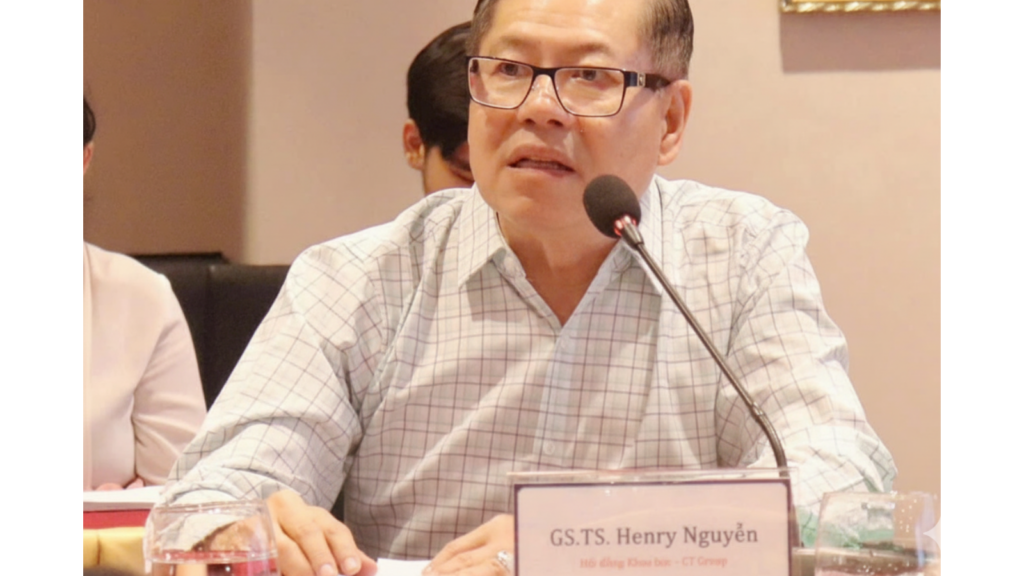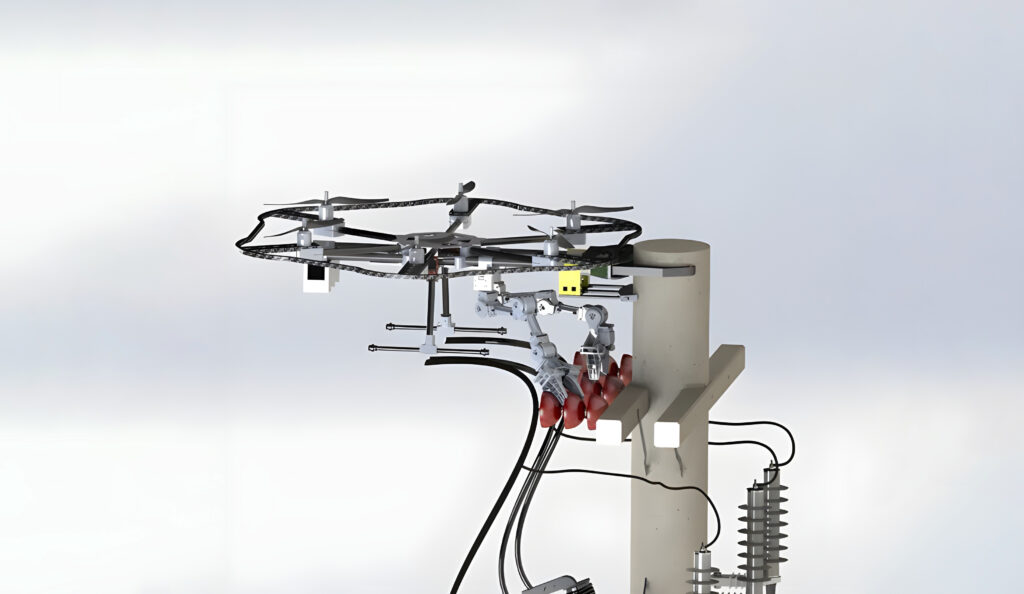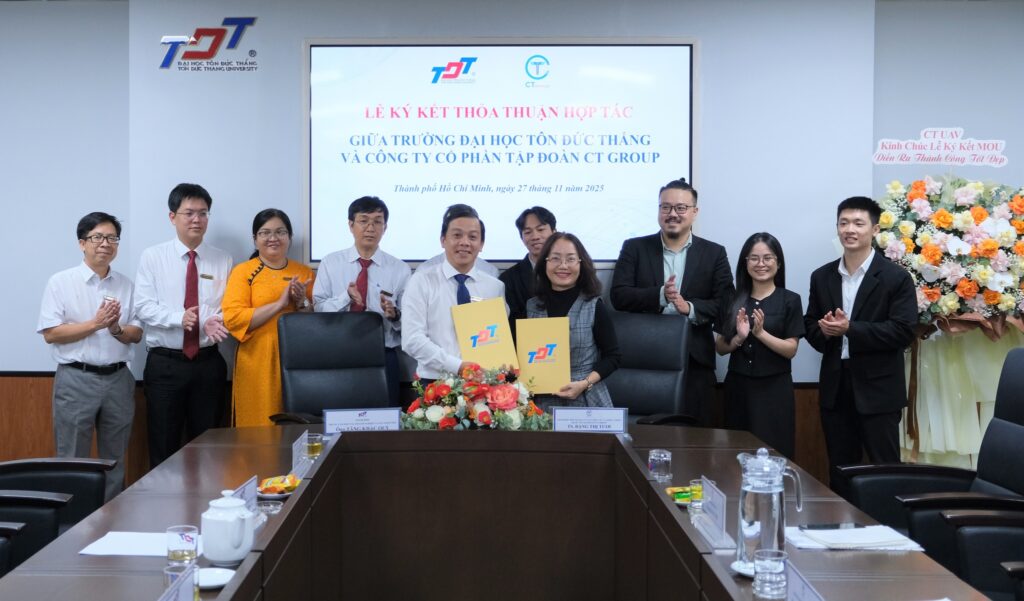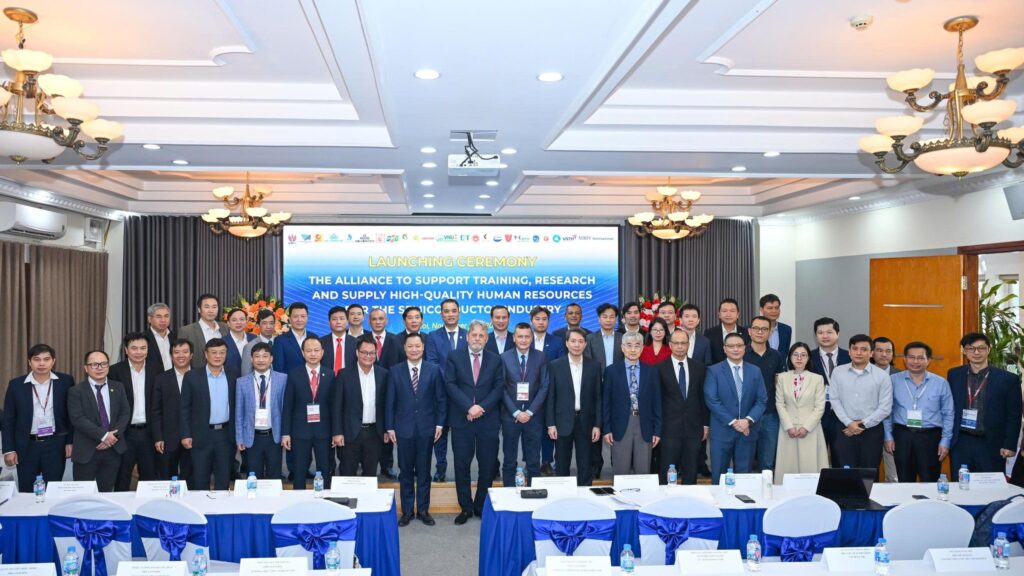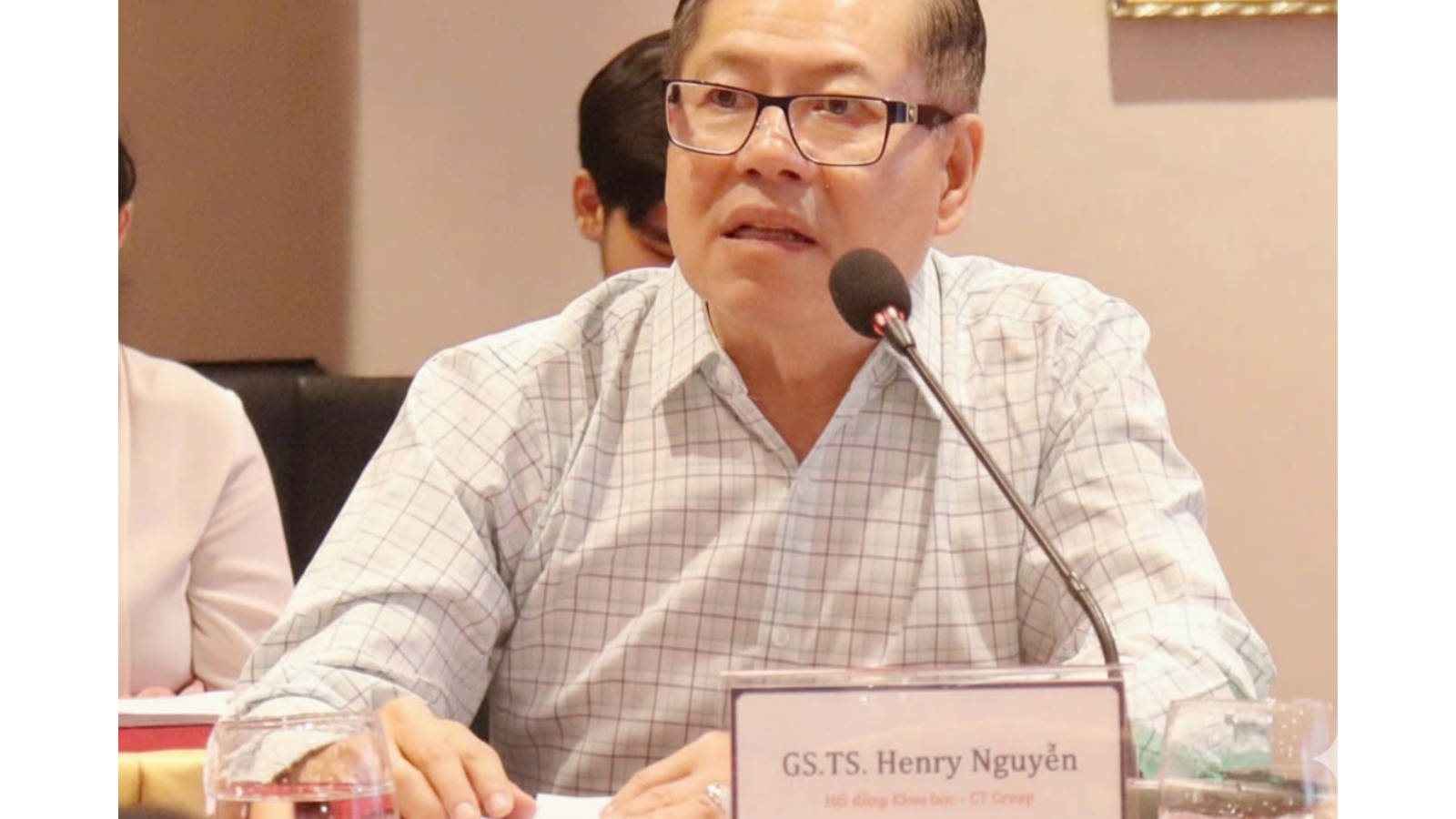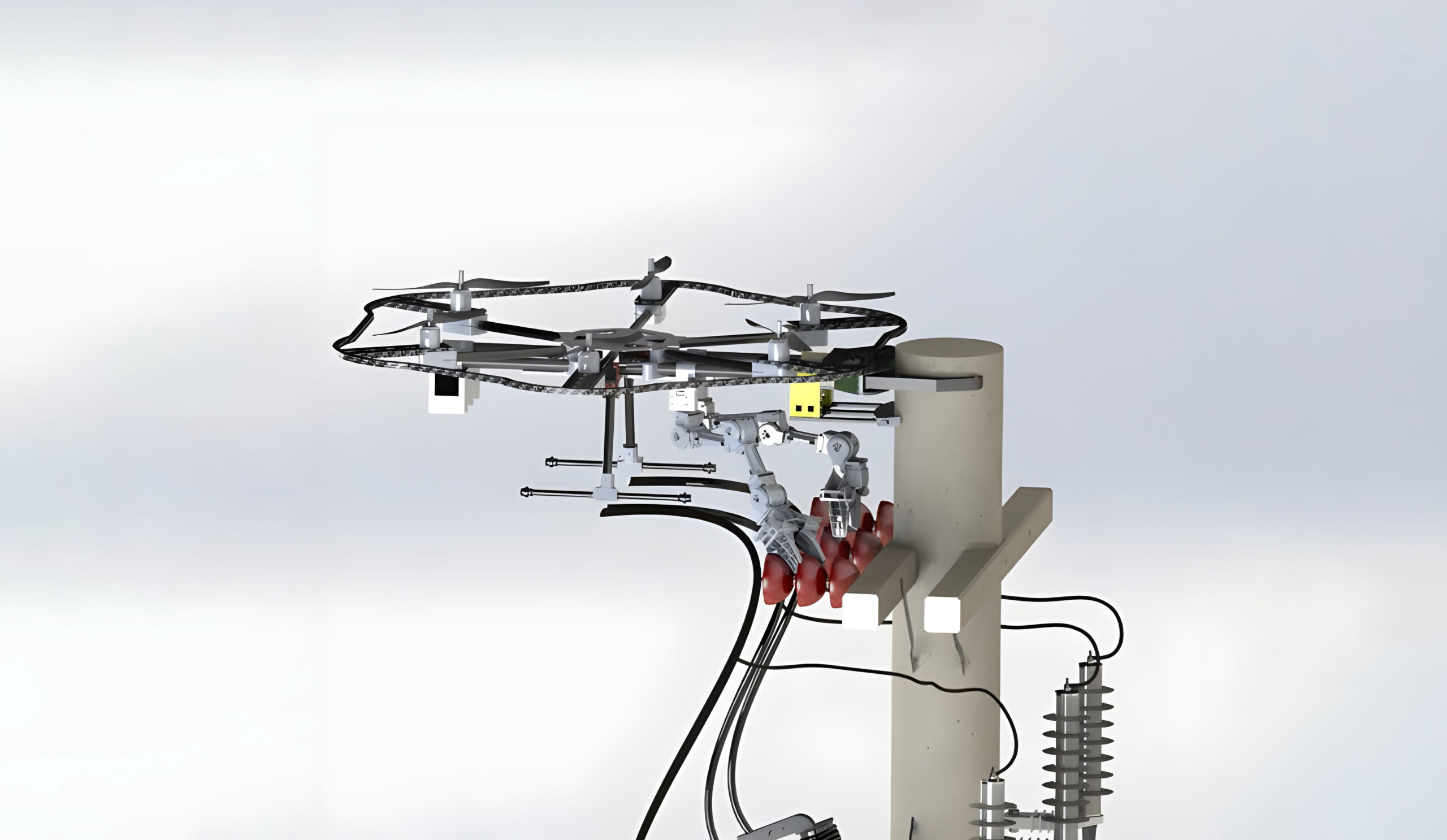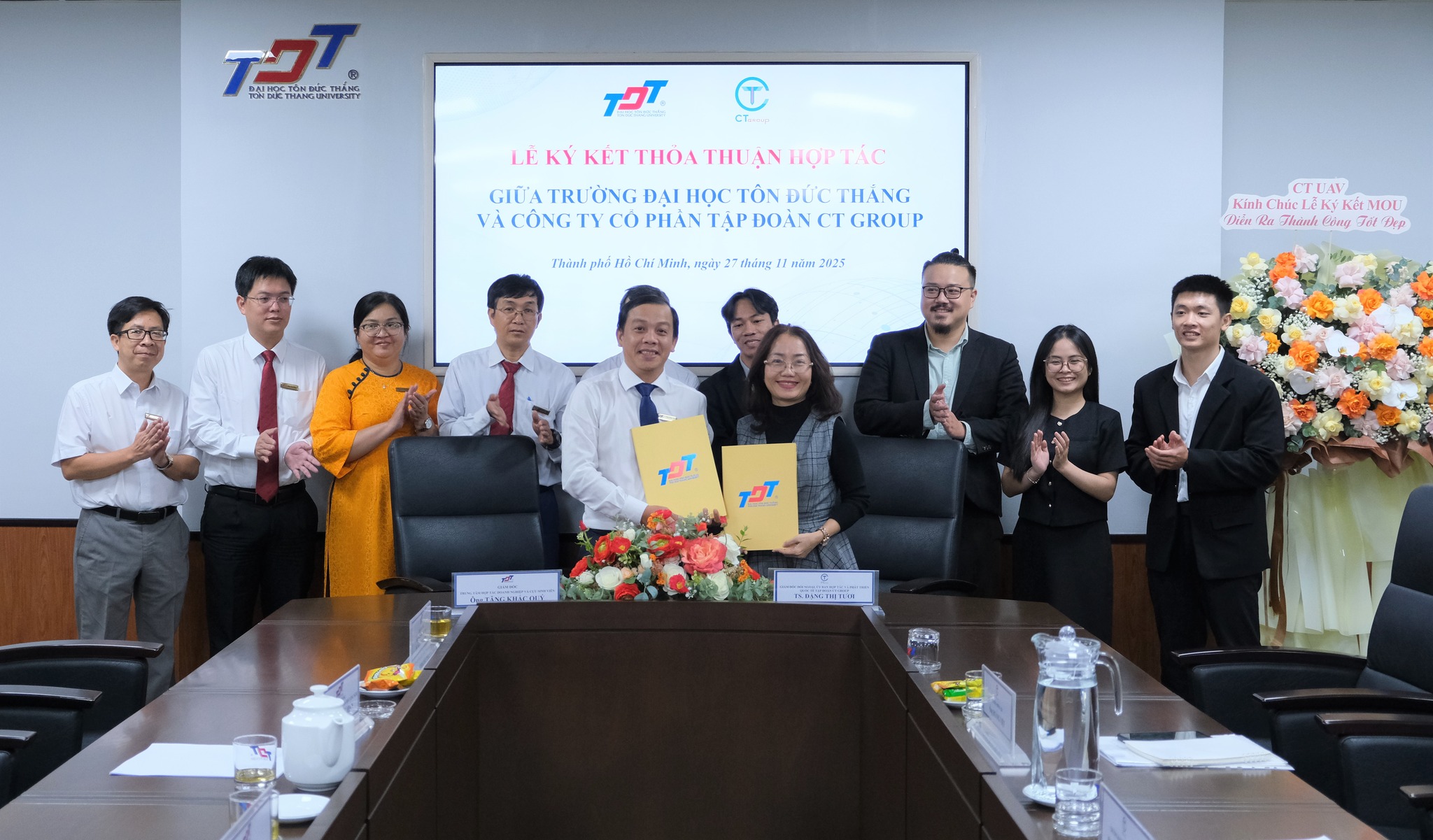The low-altitude economy is seen as a new growth driver with the potential to boost productivity, integrate digital and green technologies, and help address national challenges.
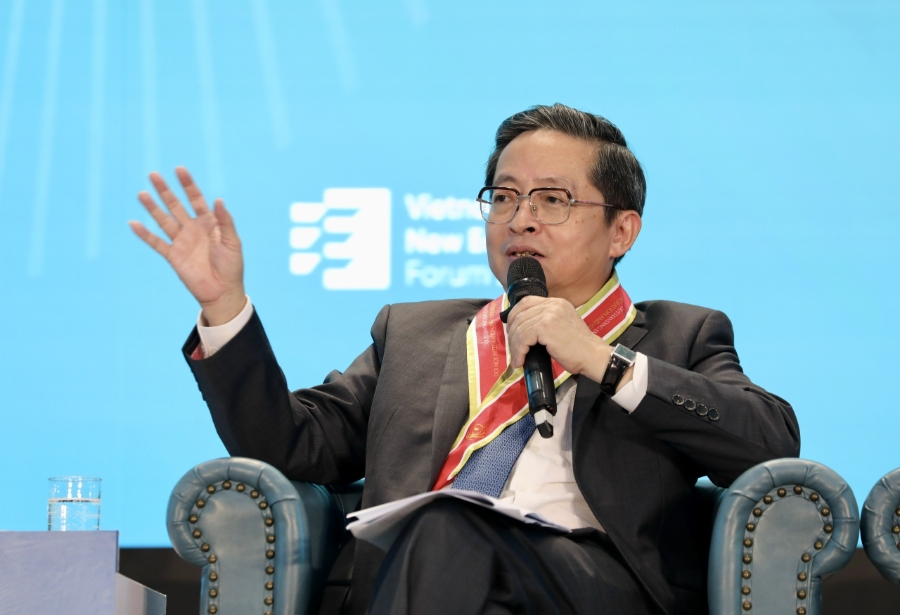
Mr. Tran Kim Chung, Chairman of CT Group, shared this perspective at the third Vietnam New Economy Forum (VNEF), themed “Vietnam’s Economic Momentum: From Internal Strength to Global Value Chains.”
Mr. Tran Kim Chung, Chairman of CT Group, shared his views on the “low-altitude economy” at the third Vietnam New Economy Forum (VNEF). With the theme “Vietnam’s Economic Momentum: From Internal Strength to Global Value Chains,” the forum took place on the afternoon of October 2, 2025, in Hanoi. It was co-directed by the Central Policy and Strategy Board and the Vietnam Economic Science Association, assigned to units under the two agencies, the Institute for Policy and Strategy Studies, the Department of General Economics and the Vietnam Economic Magazine/VnEconomy to coordinate the organization.
According to Mr. Tran Kim Chung, the low-altitude economy (LAE) is defined as a complete economy operating in the airspace from ground level up to 3,000 meters, and is increasingly being recognized as a breakthrough growth driver for many countries.
“The low-altitude economy is not a separate sector but a comprehensive ecosystem that integrates both green and digital economic elements. It is an economy that harnesses spatial resources, delivering productivity far beyond traditional models”, the CT Group Chairman emphasized.
The most visible evidence is in agriculture: a single unmanned aerial vehicle (UAV) can spray pesticides and monitor up to 67 hectares of crops in one day, while a skilled worker can only handle a maximum of one hectare. Similarly, in the power sector, one hour of UAV operations can equal three full working days of a lineman inspecting power lines.
“This leap in productivity, not just by dozens of percent but by dozens of times, is the key factor driving economic evolution”, Mr. Chung stated.
Globally, this trend is booming. In China, the country began developing LAE in 2023 with an initial market size of around USD 69.8 billion. By 2025, the market is projected to exceed USD 500 billion. Several provinces and cities in China have already identified LAE as a new growth engine. In Indonesia, a Low-Altitude Economy Committee was established in early 2024, underscoring the determination of countries in the region.
For Vietnam, Mr. Tran Kim Chung believes that developing LAE would bring four strategic benefits.
First, it would generate enormous added value. LAE can be seen as a “projection” of the entire ground economy into the sky, covering sectors from agriculture, logistics, construction, and energy to tourism and security. The integration across these fields would continue to create new business models.
Second, it provides effective tools to address major national challenges such as food security, traffic congestion, environmental pollution, climate change adaptation, and national defense. At the same time, LAE could completely reshape urban planning and improve citizens’ happiness indexes.
Third, it would enhance technological self-reliance. As an economy that integrates multiple advanced technologies, mastering LAE would allow Vietnam not only to control entire technology chains but also to secure a distinctive position in the global arena.
Fourth, it aligns well with Vietnam’s current resources and conditions, opening significant opportunities not only for the national economy but also for domestic enterprises.
________________________
Follow CT Group on Facebook for the latest updates and news!


